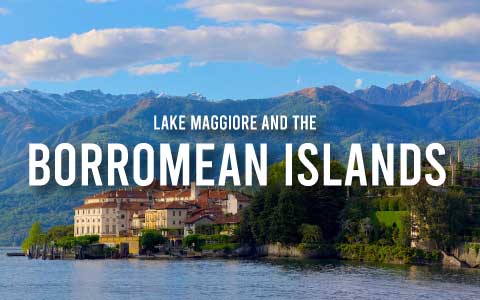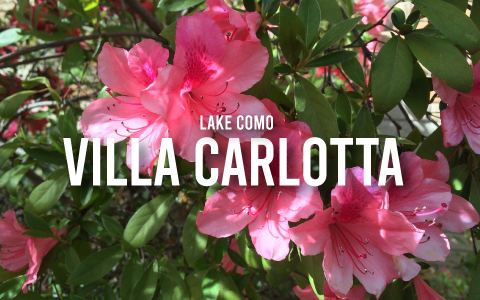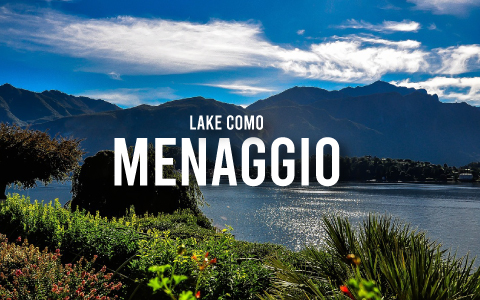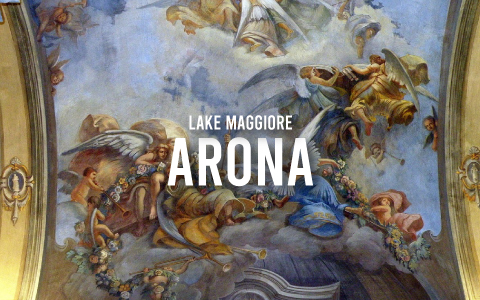
LAKE MAGGIORE AND THE BORROMEAN ISLANDS
In 2019 The New York Times ranked the Borromean Islands among the 10 most fascinating places in the world. And they were right!
This archipelago on Lake Maggiore includes three islands, a smaller one and a rock:
- Isola Madre,
- Isola Bella,
- Isolino di San Giovanni,
- Isola dei Pescatori,
- Scoglio della Malghela.
THE HISTORY OF THE BORROMEAN ISLANDS
In the past, many noble families used to spend their holidays on Lake Maggiore. Among these there was a Tuscan family, the Borromeo, who took possession of some islands within Lake Maggiore. And they build their sumptuous summer residences there. Even today the family owns Isola Bella, Isola Madre and two rocks.
ISOLA BELLA AND ISOLA MADRE, THE MAIN BORROMEAN ISLANDS
Isola dei Pescatori is the only Borromean Island permanently inhabited, while Isola Bella and Isola Madre are the tourist attractions.
The reason is simple. On these two islands are splendid palaces and wonderful gardens. In fact, they are famous all over the world for the beauty of the surrounding landscape, the details of the gardens and the great variety of plants and animals.
Let’s find out more about Isola Bella and Isola Madre.
ISOLA BELLA
Among the Borromean Islands, the most sumptuous is Isola Bella, which takes its name from the wife of Charles III Borromeo, Isabella d’Adda.
Although already property of the Borromeo family, until 1630 it was just a rock inhabited by fishermen. But from that moment on, the transformation of the island and the construction of the Borromeo Palace began. And it took almost 400 years to complete the work!
PALAZZO BORROMEO
Everything inside Palazzo Borromeo was designed to amaze guests(Napoleon was one of them).
The two main examples are the Berthier Gallery and the Caves.
The Berthier Gallery is a hall decorated with over 130 paintings, including copies by great masters such as Raphael and Titian. But it was also a bedroom where guests could sleep. In fact, the name of the Gallery comes from the Napoleonic general Louis Alexandre Berthier who spent a night in there.
Completely different are the Caves. In these rooms shells and pebbles cover the walls, the floor and the ceiling. A truly amazing creation!
THE GARDEN OF PALAZZO BORROMEO
The garden of Isola Bella dates back to the period between 1631 and 1671.
Its most fascinating feature is that it has flowering in rotation throughout the year.
However, the most important monument is Teatro Massimo. It consists of 10 terraces on which statues, obelisks and fountains mingle with trees and bushes. At the top is the statue of the Unicorn, the heraldic symbol of the Borromeo family.
ISOLA MADRE
The transformation of Isola Madre started in the 16th century, during which the Borromo family built the wonderful palace that we still see today.
The gardens date back to the 18th century, when rare and exotic plants were introduced.
THE BOTANICAL GARDEN OF ISOLA MADRE
According to Flaubert, the gardens of Isola Madre are the most voluptuous place in the world.
Among the many noteworthy plants is the gigantic Kashmir cypress. The seed of the tree arrived on the Borromean Islands in 1862 from the Himalayas and now it is the symbol of Isola Madre. Moreover, it is the largest and oldest Kashmir cypress in Europe. Unfortunately, in 2006 a tornado hit Isola Madre, partially damaging the tree.
In addition to the beautiful plants, the gardens on Isola Madre is home to some exotic animal, such as white peacocks, golden pheasants and parrots, which are free to move wherever they want.
THE PALACE ON ISOLA MADRE
If the aim of Palazzo Borromeo on Isola Bella was impressing the guests, the one on Isola Madre was enjoying the family life.
The most relevant rooms are the Reception hall, the Seasons room, the Venetian living room, the Library, the Battles room and the Popes room.
And from the large windows it is always possible to take a look at the gardens, the Lake Maggiore, the other Borromean Islands and all the surrounding landscape.



